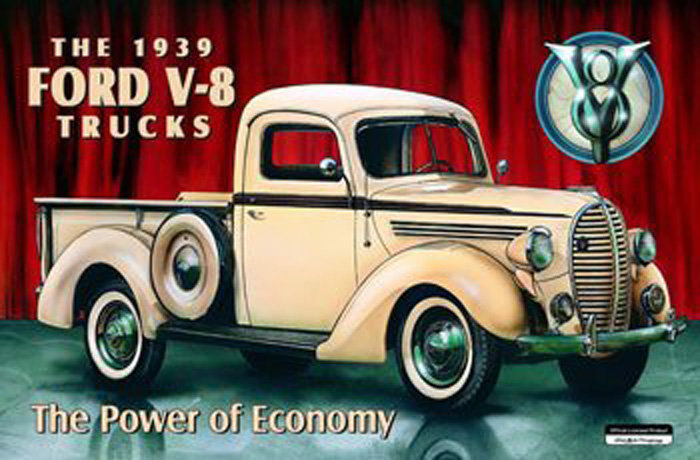Introduction
Ford Motor Company was incorporated on June 16, 1903 when Henry Ford and other eleven business associates signed articles of association and memorandum of understanding. The capital of the company was $28,000 (Nevins & Frank, 1962). It was listed in American stock exchange on February 24, 1956. The number of employees today is approximately 300,000 who are distributed in its 108 plants worldwide.
The headquarters for the company is Dearborn, Michigan (US). As market changes, there is a change in the technology adopted and currently the company is on track of making electric motor vehicles. It enjoys a strong brand name, which works to its benefit in today’s motor industry.
Its first managing director was Henry Ford while the current managing director is Alan Mulally. This paper takes a look at the mythology of Ford Motor Company; it will give a brief history of the company’s founder (Ford Company Limited official website, 2010).
Henry Ford
He was born on 30th July, 1863. Henry was the initiator of Ford Company and an esteemed American entrepreneur. He was born to William Ford (1826–1905) and Mary Litogot Ford (1839–1876), in Greenfield Township near Detroit, Michigan.
In 1888, he got married to Clara Ala Bryant (1865–1950) and was blessed with one child called Edsel Bryant Ford (1893–1943). A professional engineer, Ford worked as a chief engineer (1883) with Edison Illuminating Company. He is said to be an aggressive intelligent man. He died 7th April, 1947 (Baldwin, 2000).


Mission and vision statement
The mission and vision statement of the company is as follows.

The company aims at continuously improving its processes to satisfy the needs of various classes of customers that it enjoys. To do this it empowers its staffs through appropriate training and offering a good career path. There is an environmental policy, which is managed at a departmental level where the company is responsive to dangers that its processes would cause to the environment. This is on top of its social corporate responsibilities.
Basic Product Classes
Ford is an American motor vehicle producing company which employs different strategies to remain competitive in motor industry. It manufactures passenger cars and trucks for various purposes. Currently, there are eight brands from the company, which are Aston Martin, Ford, Jaguar, Land Rover, Lincoln, Mazda, Mercury, and Volvo. Ford motor vehicle model are known to be fuel efficient and last longer (Rubenstein, 1992). They are made in response to the needs of customers and every measure taken to ensure that customer feedback is acted upon.
A timeline of Ford “firsts” which consist of stated accomplishments by Ford that were initiated by other automobile companies.
Ford has been producing different brands with some being a success whereas others have failed. It has also sold some of its branches to international firms for instance, it sold Jaguar (in March 2008) to Tata limited (of India); the sold plant was in United Kingdom.

The above is a sample image of a Ford model of 1919 pickup. The company is known for production of long distance trucks.
Reference List
Baldwin, N. (2000). Henry Ford and the Jews: The Mass Production of Hate; PublicAffairs, ISBN 1-58648-163-0
Ford Company Limited official website (2010). Ford. Web.
Nevins, A., and Frank, E. (1962). Ford: Decline and Rebirth, 1933-1962. New York: Charles Scribners’ Sons.
Rubenstein, M. (1992). The Changing U.S. Auto Industry: A Geographical Analysis. London: Routledge.